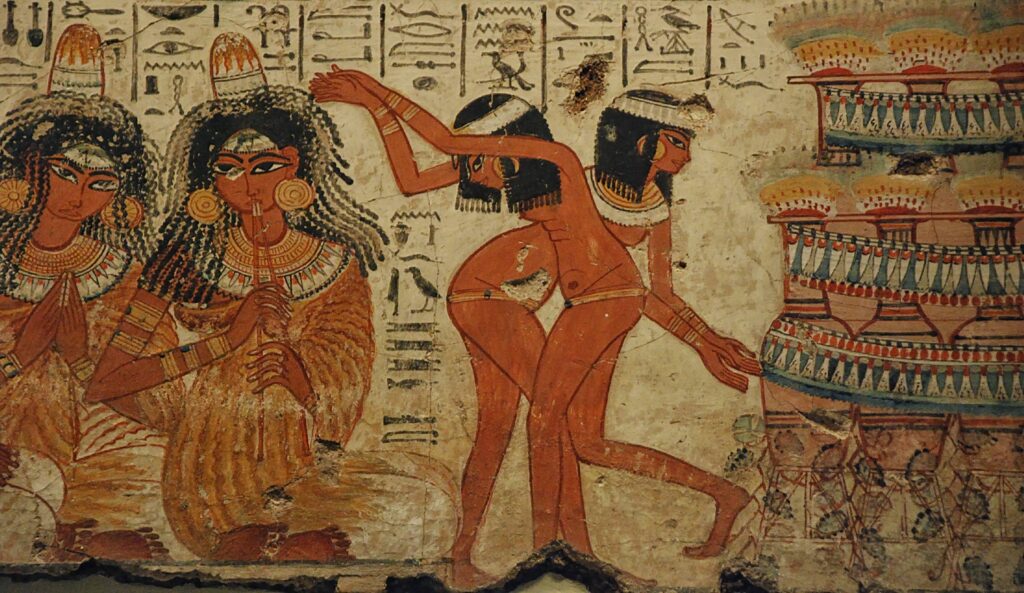Introduction
Throughout history, tales of people eaters have fascinated and horrified societies around the world. These stories, whether rooted in myth, reality, or a combination of both, reflect deep-seated fears and cultural anxieties. This article delves into the phenomenon of people eaters, exploring their origins, various representations, and the impact they have had on culture and society.
The Origins of People Eaters

People eaters, or anthropophagists, have been a part of human mythology for centuries. The concept often emerges in societies as a symbol of ultimate taboo and fear. Early tales can be found in ancient Greek mythology, where the Cyclops Polyphemus devours Odysseus’s men, and in various indigenous legends that describe monstrous beings preying on humans. Learn more about ancient myths involving people eaters.
People Eaters in Folklore and Mythology
Across different cultures, stories of people eaters serve as cautionary tales and moral lessons. In African folklore, the Zimwi is a Swahili creature that kidnaps children. In European traditions, the werewolf and vampire myths often include elements of cannibalism. These narratives typically highlight the dangers of straying from societal norms and venturing into the unknown. Explore various folklore involving people eaters.
Historical Accounts of Cannibalism
While many stories of people eaters are fictional, there are historical accounts of cannibalism, often arising from extreme situations. Instances of survival cannibalism, such as the infamous Donner Party in the American West and the siege of Leningrad during World War II, illustrate the lengths to which humans will go to survive. Read historical accounts of cannibalism.
Psychological and Sociological Perspectives
The fear of being eaten by another human taps into primal anxieties. Psychologists suggest that cannibalism represents the ultimate breakdown of societal and moral boundaries. Sociologically, tales of people eaters can be seen as a means to reinforce social cohesion by delineating what is acceptable and what is not. Understand the psychological perspective on cannibalism.
Modern Representations in Media
In contemporary media, people eaters continue to captivate audiences. Movies, TV shows, and books frequently feature cannibals as villains, playing on deep-seated fears. Examples include Hannibal Lecter from “The Silence of the Lambs” and the post-apocalyptic cannibals in “The Road.” These representations often explore themes of power, control, and the breakdown of civilization. See how cannibals are portrayed in modern media.
Case Study: The Real-Life Hannibal Lecter

Dr. Hannibal Lecter, the fictional cannibalistic serial killer from Thomas Harris’s novels, was inspired by real-life figures. One such inspiration was Dr. Alfredo Ballí Treviño, a Mexican surgeon who murdered and mutilated his lover. The blending of fact and fiction in Harris’s work highlights the enduring fascination with people eaters. Learn about the real-life inspiration for Hannibal Lecter.
The Ethics and Controversies Surrounding Cannibalism
Cannibalism remains one of the most controversial and taboo subjects. Ethical discussions often revolve around the morality of survival cannibalism, cultural practices, and the representation of cannibalism in media. Debates continue on whether any form of cannibalism can ever be justified. Explore the ethical debates on cannibalism.
Cultural Impact and Legacy
The legacy of people eater myths and stories is profound, influencing literature, film, and even everyday language. Terms like “cannibalistic” are used metaphorically to describe cutthroat business practices or self-destructive behaviors. The cultural impact is a testament to the power of these narratives in shaping human consciousness. Discover the cultural legacy of cannibalism myths.
People Eaters in Art and Literature
Art and literature have long explored the theme of cannibalism, often as a way to confront human fears and taboos. Francisco Goya’s painting “Saturn Devouring His Son” and Shakespeare’s “Titus Andronicus” are stark examples of how artists and writers depict the horror and fascination with cannibalism. Read more about cannibalism in art and literature.
Survival Cannibalism: Fact or Fiction?
Survival cannibalism, although rare, has been documented in dire situations where individuals are pushed to the brink. The stories of the Donner Party and the survivors of the Andes plane crash are harrowing accounts that blur the line between myth and reality. These instances raise questions about human nature and the instinct for survival. Learn about survival cannibalism.
Cannibalism in Non-Human Species
Cannibalism is not unique to humans; it occurs in the animal kingdom as well. Species like the praying mantis, black widow spider, and some amphibians exhibit cannibalistic behaviors. Studying these behaviors in animals provides insights into the evolutionary advantages and survival strategies. Explore cannibalism in the animal kingdom.
Legal Aspects of Cannibalism
Cannibalism, while universally considered taboo, has varying legal implications across different jurisdictions. In some places, there are no specific laws against cannibalism, although other related crimes (such as murder) are prosecuted. The legal complexity adds another layer to the already controversial topic. Understand the legal aspects of cannibalism.
The Intersection of Cannibalism and Ritual
In some cultures, cannibalism has been practiced as part of ritualistic ceremonies. These rituals often have deep spiritual and cultural significance, challenging the notion of cannibalism as purely barbaric. Understanding these practices within their cultural context is essential to a nuanced perspective. Read about ritual cannibalism.
The Future of Cannibalism in Popular Culture
As society continues to evolve, the portrayal of cannibalism in popular culture is likely to change. Future representations may focus more on psychological horror, ethical dilemmas, and the human condition, reflecting contemporary fears and anxieties. See future trends in the depiction of cannibalism.
Conclusion
The phenomenon of people eaters encompasses a wide range of myths, realities, and cultural impacts. From ancient folklore to modern media, the fascination with cannibalism reveals deep-seated fears and societal taboos. By examining these narratives, we gain insight into human nature and the complexities of morality and survival.
Related Posts
- Understanding Survival Cannibalism
- Cannibalism in Art and Literature
- Legal Aspects of Cannibalism
- Future Trends in Cannibalism Depictions
This in-depth exploration of people eaters sheds light on a topic that, while unsettling, is an integral part of human culture and history. By understanding the origins, representations, and ethical implications, we can better comprehend the enduring fascination with this macabre subject.

